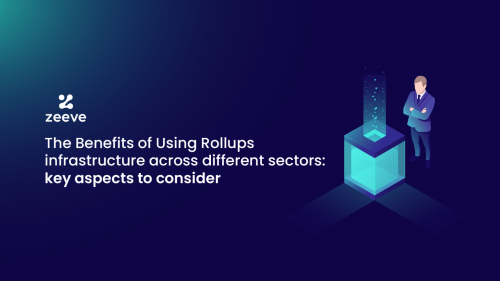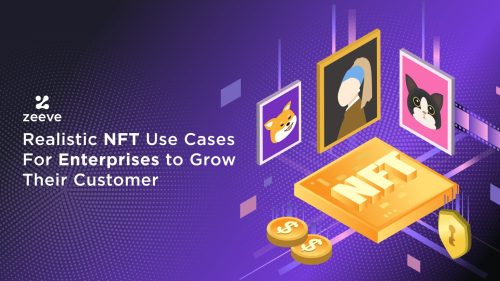HIPPA and the Pharmaceutical Drug Supply Chain
From HIPAA Regulations to the seemingly endless maze that is health insurance and health savings, the healthcare industry in America is filled with processes, forms, and procedures that can seem confusing and arbitrary to medical professionals and patients alike. As people grow older, require medical attention, and relocate, the dynamic nature of their health and insurance records leads many toward feelings of doubt and insecurity. Furthermore, as patients are required to remember the aspects of their medical records when moving to new doctors there are often key attributes and pieces of information that can be lost or forgotten — leading to lesser overall quality of care. While these issues, whose origins can implicate everyone from the government to the patients themselves, may seem innate and unrepairable, new and developing technologies — and more specifically, Blockchain technology — may be the solution.
One major aspect of the healthcare industry that the Blockchain can improve is the supply chain of pharmaceuticals. Title II of DQSA, the Drug Supply Chain Security Act which was enacted by Congress on November 27, 2013, outlines steps to build an electronic, interoperable system to identify and trace certain prescription drugs as they are distributed in the United States. In an interview on this subject, Dr. Ilisa Bernstein, the Deputy Director of the Office of Compliance at the Federal Drug Administration, stated that one of the major challenges of establishing an electronic system for the identification and tracking of the distribution of prescription drugs is the rapid and highly accurate verification of individual drug packages as they are transported throughout the nation. As drug legitimacy is a major issue that the FDA faces, the need for a system that can identify legitimate packages from counterfeit packages and track their movements throughout the entire supply chain is immense.
In an ideal world, consumers wouldn’t have to worry about whether the prescription drugs they were taking were counterfeited or not. However, when so much trust and money is put into the hands of human beings, rather than carefully calibrated, unbiased, computers, one would be foolish to think no illicit activity was taking place. With the implementation of Blockchain technology, consumers wouldn’t have to worry — as they could rest assured in the knowledge that every point in the supply chain was carefully tracked and logged and that every bit of information relating to the drugs, they’re taking is accurate and legitimate.
Map of the general steps a drug goes through:
- Verification/certification of the manufacturing environment
- Sourcing of the components that make up the drug
- Transportation of the original components to the manufacturing environment
- Manufacturing of the drug
- Transportation of the drug to the wholesaler
- Individual packaging of the drugs
- Distribution of the drug to medical professionals or pharmacies
- Distribution of the drug to consumers
Throughout the process described above there are many chances for malicious entities to alter, switch, or steal drugs intended for the end-consumer. Furthermore, while current quality assurance and supply chain accountability processes ensure some level of authenticity and accountability, the trustful nature of these systems still lead to a much larger amount of illicit activity than consumers, medical professionals, and regulatory agencies would like. This epidemic is so wide spread that the Federal Drug Administration established a “Counterfeit Alert Network” with 17 participating organizations currently partnering with the agency.
Accordingly, through the implementation of blockchain technology, any minor change that is processed by the system could be instantly recognized and flagged. Furthermore, ‘weak links’ in the chain (untrustworthy suppliers, over-prescribing medical professionals, etc.) could be identified and remedied before they cause major societal issues such as illicit drug sale or waves of overdoses like those recently seen in towns of West Virginia.
To conclude, Blockchain technology — which would help lower the amount of HIPAA breaches or violations that occur every year and could help slow or even stop the opioid epidemic plaguing our nation — is a system that can be quickly and easily implemented into the pharmaceutical supply chain process as well as countless other aspects and niches of the healthcare industry. Gone is the world of confusion and misguided trust.






Nice article.